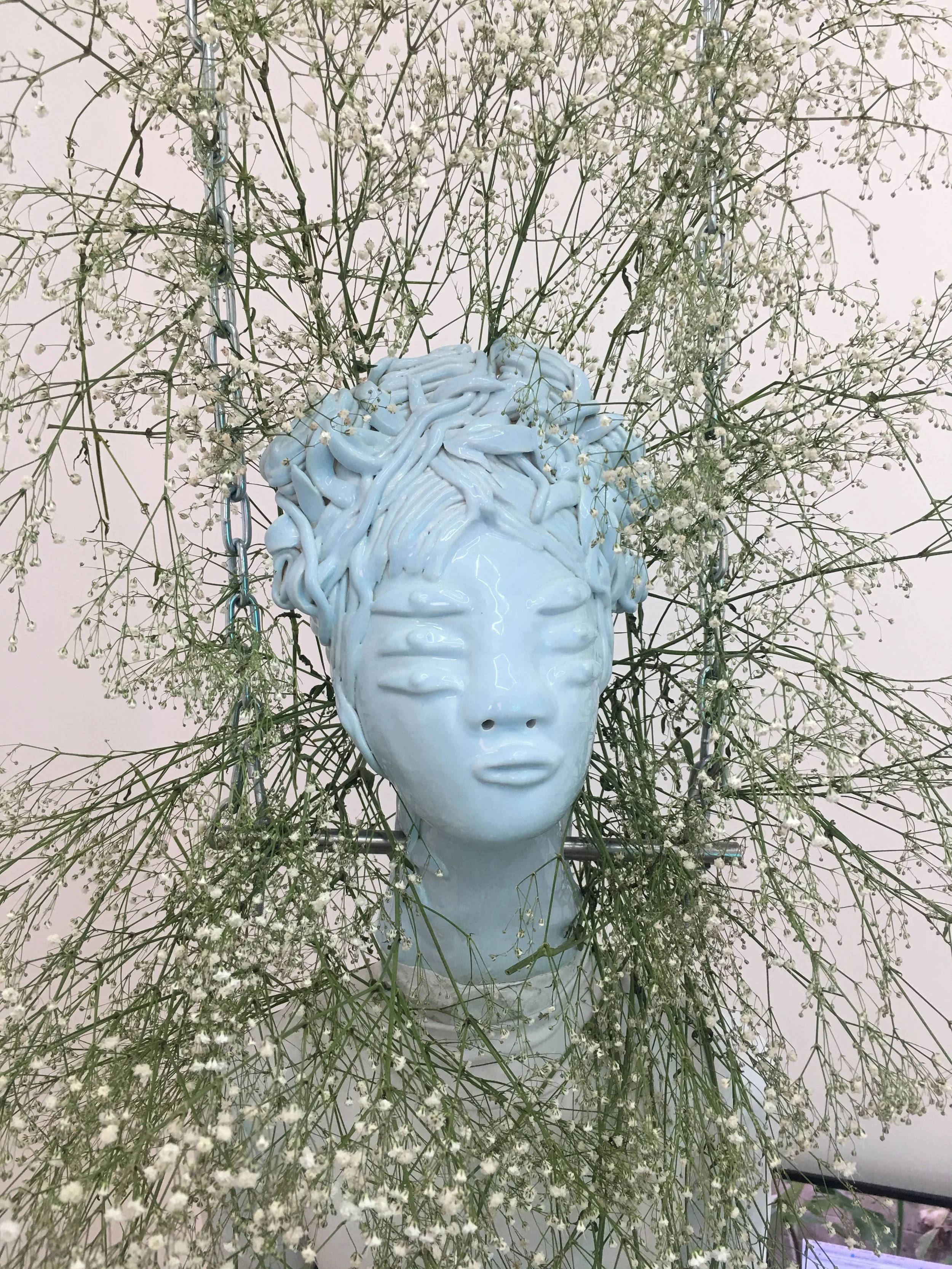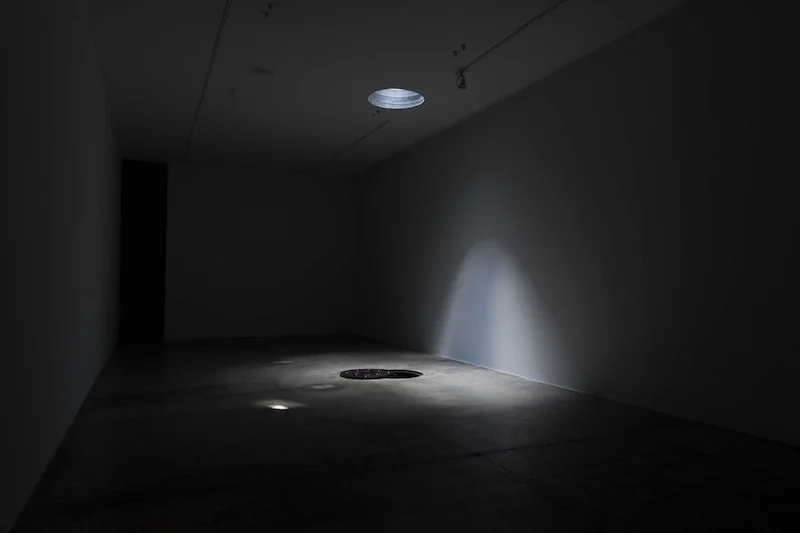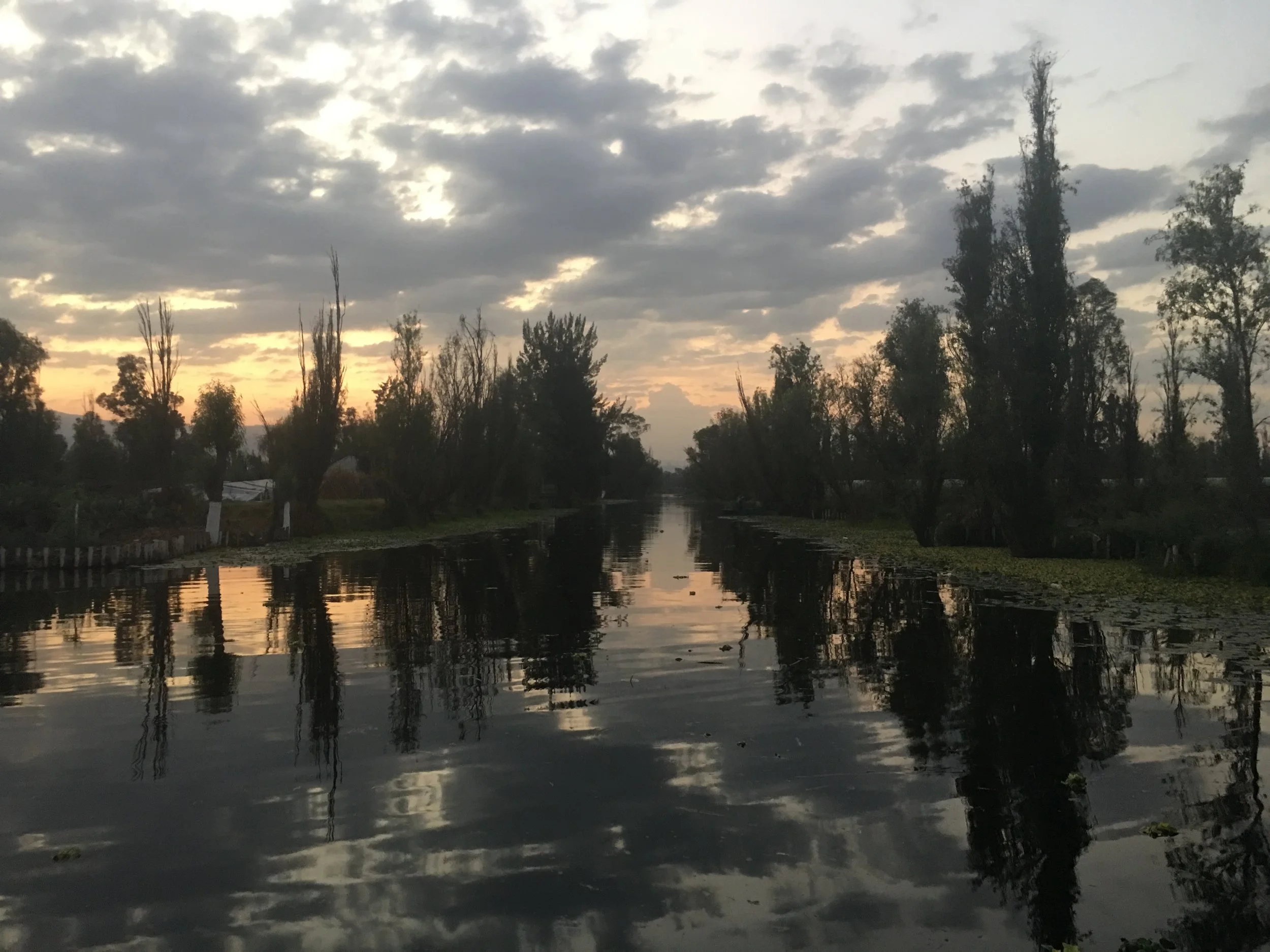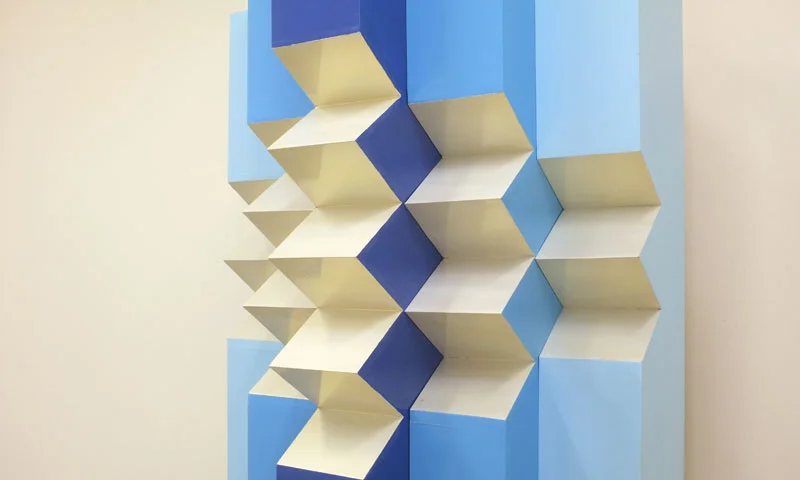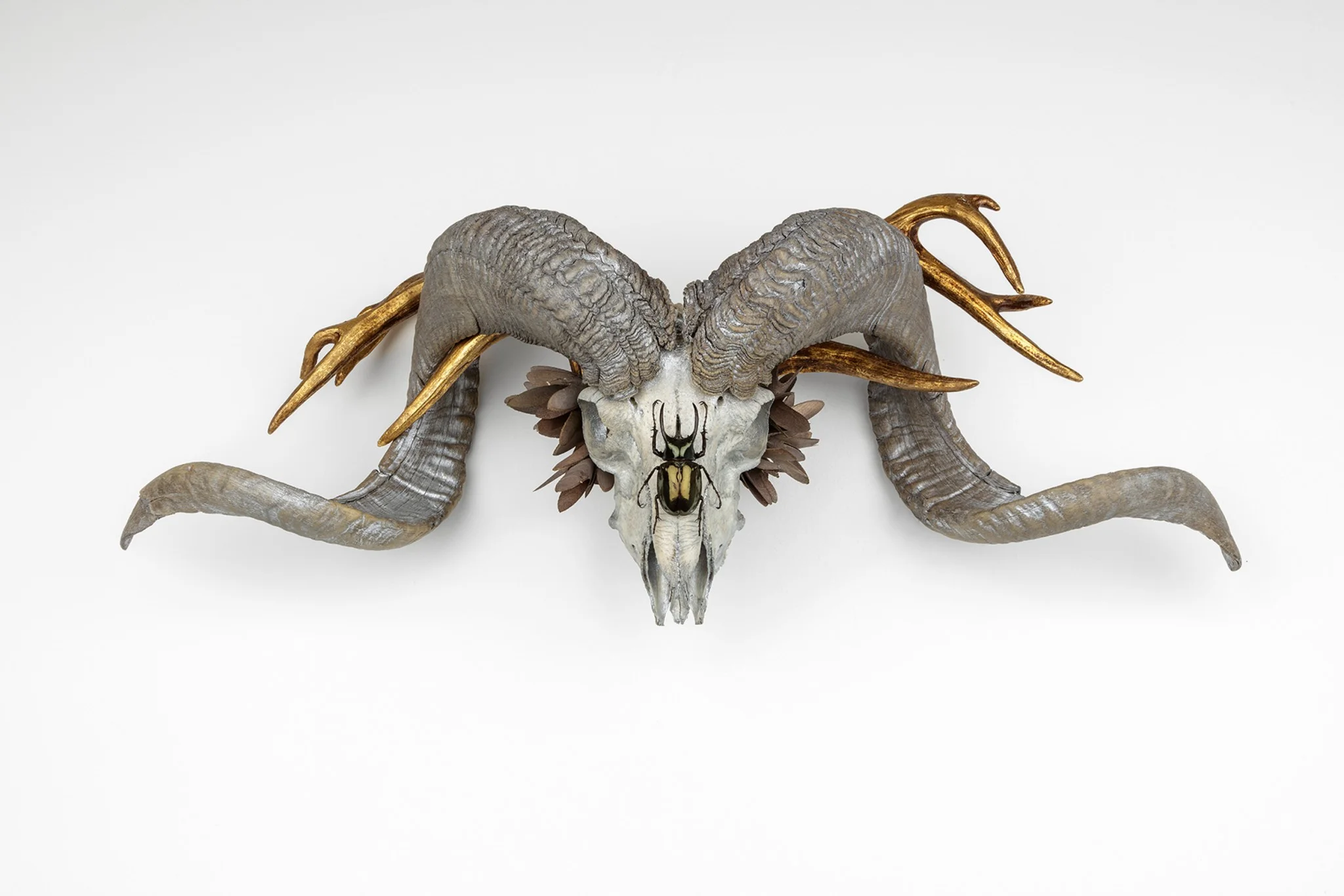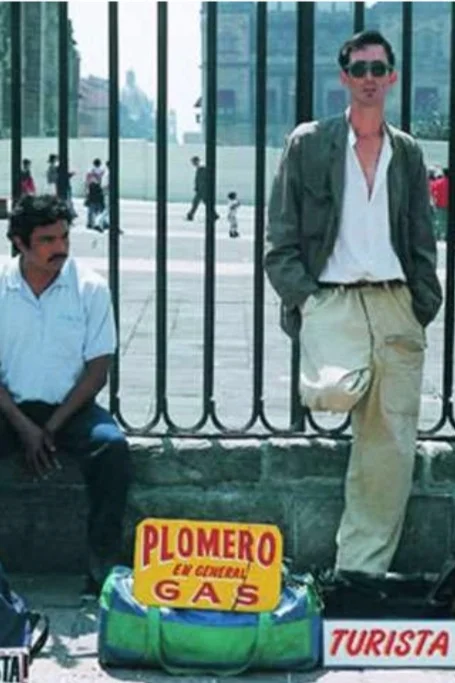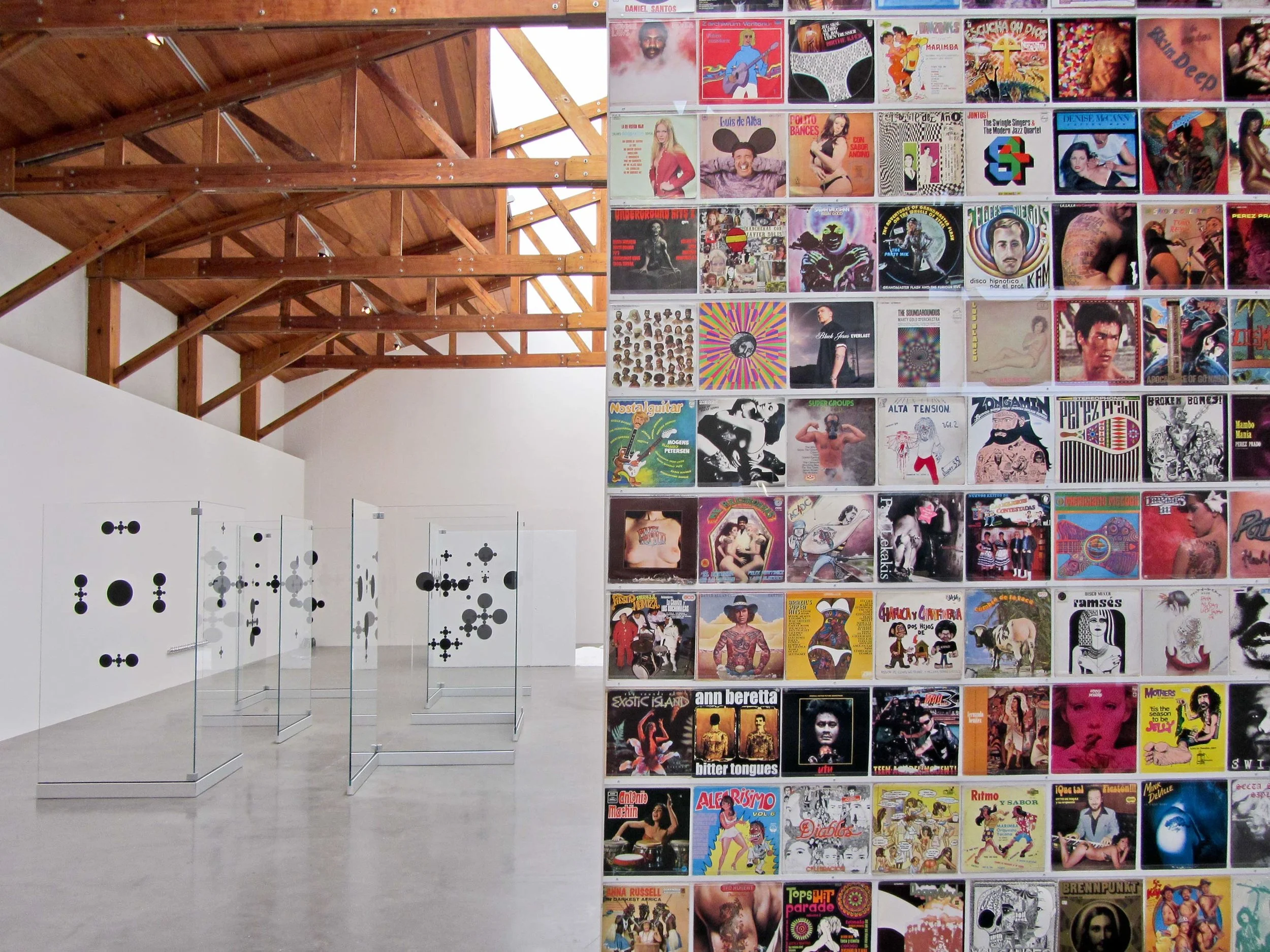Art Agenda // Dancing at the End of the World
image courtesy of kim córdova
Mousse Magazine // Yto Barrada at Casa Estudio Barragán
Double Skin, Yto Barrada’s exhibition in the architect’s home, presents her works in three main thrusts: prints and wallpaper inspired by paste papers found in books in Barragán’s personal library; a continuation of her work with natural dyes; and abstract video animations.
Solar Magazine // Travesia Cuatro
Coming soon
Art Agenda // Mexico City Art Week
The show is particularly resonant in the context of Art Week CDMX, the annual week of cultural offerings organized to coincide with Mexico City’s art fairs.
Art Agenda // Gallery Weekend CDMX 2018
Gallery Weekend 2017 was marked by a sense of solidarity. Mexico City’s cultural landscape features a number of bitter divisions spawned from the branching off of the cultural family tree as former partners split and set up their own shops, strengthening the scene with their numbers, but creating bitterly genteel rivalries in the process.
Good Magazine // Charting A Greener Future For Mexico’s Aztec Floating Gardens
Charting A Greener Future For Mexico’s Aztec Floating Gardens.
Two projects aim to save Mexico’s ancient canals.
Momus // Jill Magid's Post-Truth Diamond Proposal
As the spectacle of the 2016 United States presidential elections played out over the summer, Mexico hosted a surreal visit by a well-known, polarizing New Yorker. Mirroring Trump in her own way, Brooklyn-based conceptual artist Jill Magid brandished symbols of wealth and messianic messaging, while conducting a master-class in media manipulation.
Art Review // Edgar Orlaineta: History is taking flight and passes forever
‘History is taking flight and passes forever,’ wrote Isamu Noguchi from the Poston War Relocation Center internment camp in Arizona in a letter to Man Ray, expressing his frustrations at the US policy towards Japanese Americans during the Second World War.
In his exhibition titled after the famed designer’s lamentation, Edgar Orlaineta presents new sculptural works and an installation that considers the political and artistic legacies of Japanese-American icons of mid-century art and design who had been interred in concentration camps in the US, a history that was something of a suppressed anathema in contemporary American consciousness and is now being invoked into broad awareness by Donald Trump’s proposals.
Art Agenda // Lima Gallery Round Up
I’ve often found myself wondering whether it would really be such a radical gesture to show a majority of work by women without bracketing it as women’s work. What would it be like to experience a city filled with exhibitions that weren’t reinforcing the patriarchal tendencies of the art world?
In Lima this possibility came true.
frieze // Postcard from Lima
In a city where food is top of the cultural pile, several small alternative spaces are leading the emergence of a vibrant contemporary art scene
SFMOMA Open Space // Drawing the Curtain: New and Old Violence in 3 Acts
It was my first week in Mexico City and someone was screaming outside my window. At first I thought it was a drunk headed home from a nearby bar; as it grated on, I realized this was no drunk.
Art Review // Beyond Lawn and Order
Print only. October 2016
frieze // Nicholas Ceccaldi at House of Gaga
In ‘Les Chemins de la Honte – The Path of Shame’ at House of Gaga, Nicolas Ceccaldi presents just such a series of mass-produced works – purchased from the Pier 1 Imports section of a Sears department store in Mexico City – which he has altered with paint-pen markings, paper collages, animal skulls, butterfly wings, fabric flowers and hair clips. A series of wall-mounted animal skulls has also been similarly decorated.
Art Review // Chelsea Culprit
Chelsea Culprit’s Miss Universe reimagines the titular parade of competitive objectification as the psychic mise-en-scène of a strip club locker room, strewn with all the defences, reconciliations and intimacies needed to survive the pressure to perform.
Art Review // The Natural Order of Things
Review of the Natural Order of Things at Museo Jumex in the Summer 2016 issue of Art Review
Art Review // Francis Alÿs
Kim Córdova looks at recent evolutions in the artist's interventions in the social and urban fabrics of cities, as he moves from Mexico City to a more international context
Art Agenda // Elusive Earths III
At Parallel, Oaxaca, curatorial-artistic-investigative-philosophical team Jennifer Teets and Lorenzo Cirrincione present “Elusive Earths III,” the third iteration of their ongoing ethnographic inquiry into the history of geophagic traditions.
Momus // Misogyny and the Myth of the ’90s at Mexico City’s Kurimanzutto
Kurimanzutto is a pristine, vaulted gallery in the San Miguel de Chapultepec neighborhood of Mexico City. As part of the recent exhibition XYLAÑYNU. Taller de los Viernes, cumbia music drifts over the guard onto the sidewalk, casting a nostalgic spell on the airy space.
Art Review // Chantal Peñalosa
This is the post excerpt found in the Options tab of Edit Post. Curabitur blandit tempus porttitor. Lorem ipsum dolor sit amet, consectetur adipiscing elit.

